PILATES
Private Pilates Reformer and Studio Equipment

Pilates is widely used to help with a range of pain and mobility issues, most commonly back pain, but also knee and hip pain and shoulder issues. It is a method of exercise that consists of low-impact stretching and strengthening movements used to aid alignment, balance muscles and increase flexibility. I offer exclusively private pilates sessions only, no need to share the space or your session.
This is a private pilates studio all session are 1:1 working on a reformer, tower, wunda chair, ladder barrel, pedi-pole and numerous small apparatus.
Get in touch to find out more
Testimonial
I really enjoy my sessions with Monica, I always come out with a spring in my step but feeling like I’ve been worked hard enough too. Monica is not just an amazing Pilates instructor but she is fun to be around and caring too.
Pilates, Pain and My Approach
Coming from both a medical background and having suffered a back injury myself my focus is on addressing postural issues and pain rather than on getting a 6-pack.
My favourite quote and the one that sums up my Pilates journey the best is:
“Change happens through movement and movement heals” Joseph Pilates
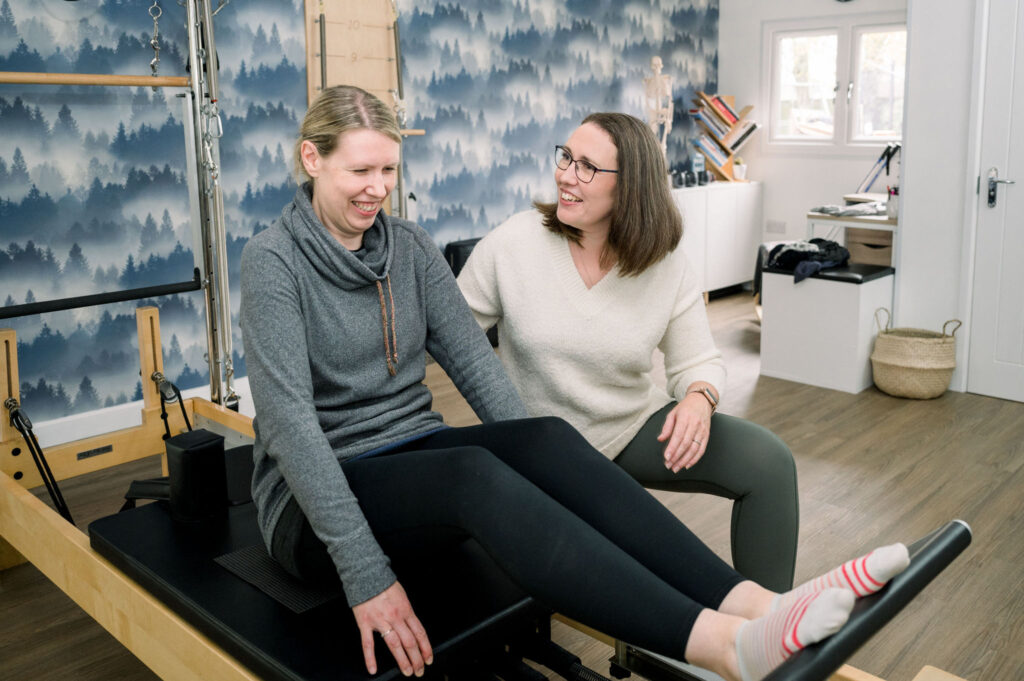
I love how sustained pilates practice can give clients the ability to live the life they want, whether that’s playing tennis, walking the dog, looking after children/grandchildren or just sitting at their desk without pain.
I use a variety of studio equipment (reformer, tower, wunda chair, ladder barrel) as well mat based exercises to give you the best class, for you, on that day.
If you come in with loads of energy feeling great, fantastic, lets harness that and build strength.
If you’re having an off day and just want to stretch, no problem, we can work with that.
As classes are private, 1:1, you set the pace. There is no feeling left behind, bored or feeling pressured into an exercise that doesn’t feel right for you
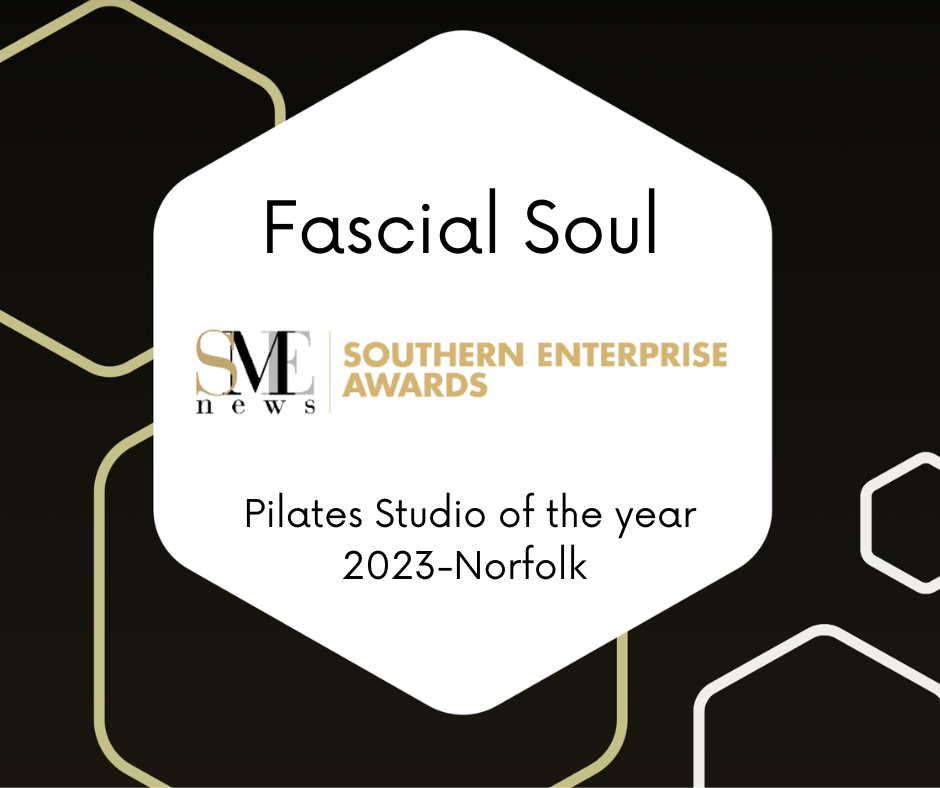
Talk to me to find out if this could work for you
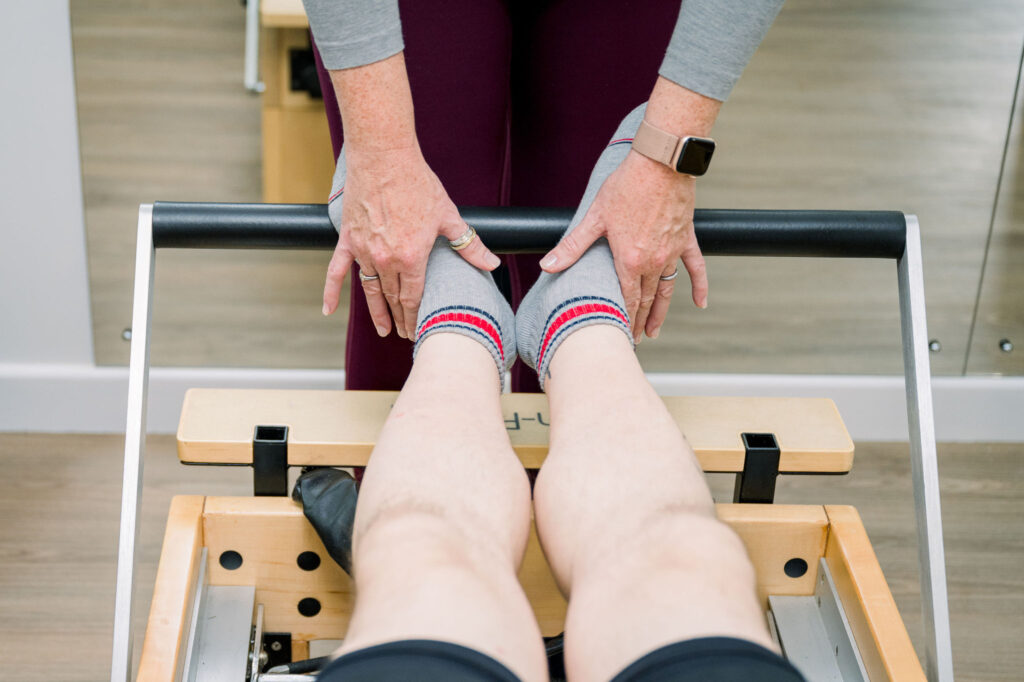

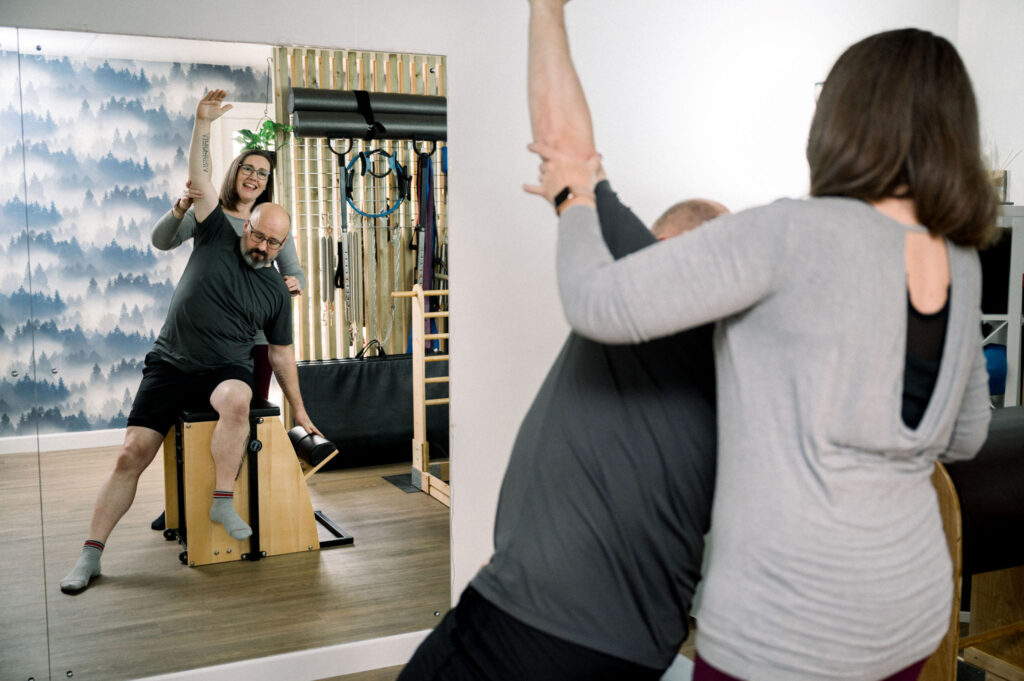
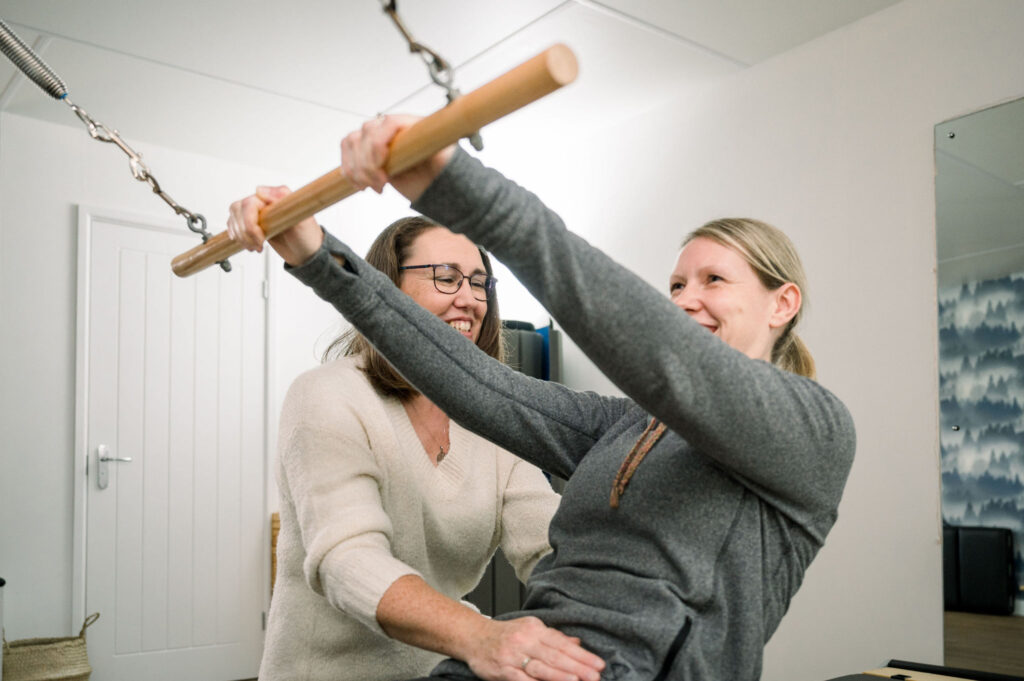
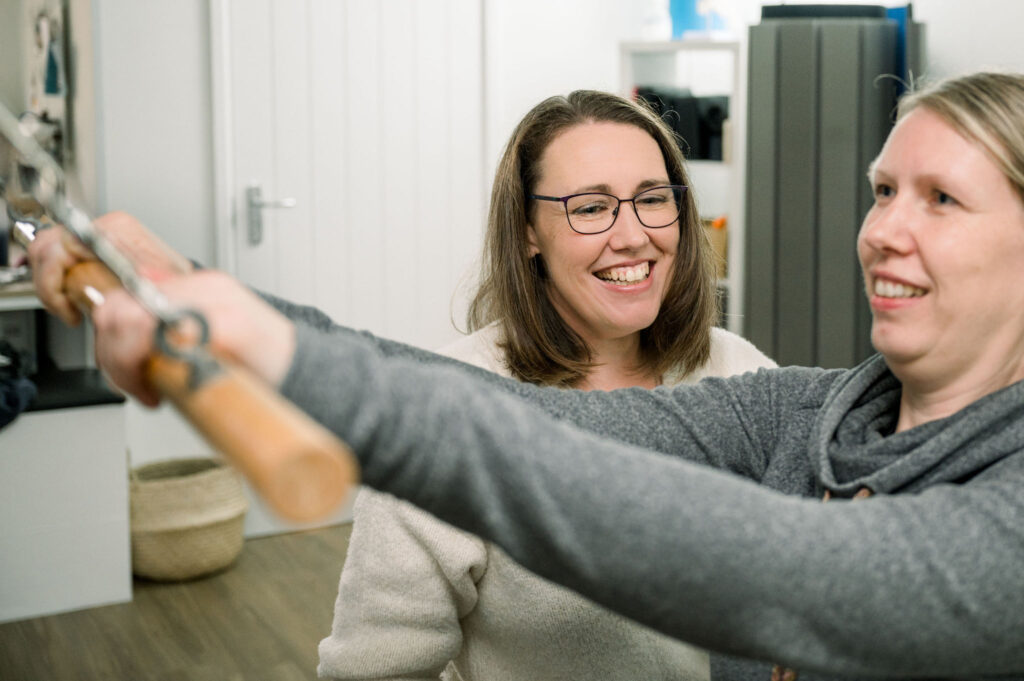
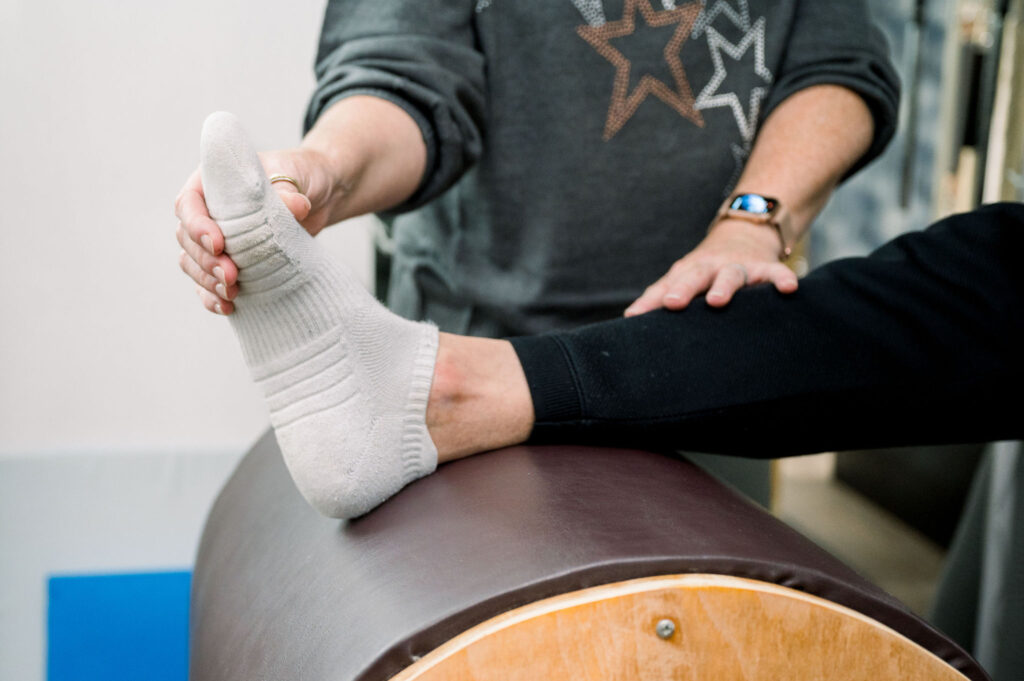
The work I do with clients and how I approach teaching the exercises is from a myofascial approach. Having studied the Anatomy Trains of Thomas Myers (and being a bit of an anatomy geek) I tend to view the body in a holistic, whole-body way, rather than by individual muscle groups.
Looking at the body from a fascial point of view allows me to see lines of pull or compensation and I feel this works with the principles of Pilates and giving my clients the best chance of getting out of pain.
Want to know more about Fascia? read our FAQ section
Still not sure? then read the FAQ section on Pilates?
What Is Pilates?
“Pilates develops the body uniformly, corrects wrong posture, restores physical vitality, invigorates the mind and elevates the spirit.”
Joseph H. Pilates
Pilates was developed by Joseph Hubertus Pilates (1883-1967), who as a sickly child had turned to various exercise regimes before going on to develop his own system of exercises. He carried on refining his ideas and designing equipment based on hospital beds and springs while interned in England during WWI. Moving to the USA after WWI and setting up a studio in New York with his wife Clara where he worked with many New York ballet dancers.
“You can say what Pilates is in three words.
Stretch with Strength and Control.
And the control part is the most important because that makes you use your mind.”
Romana Kryzanowska
Pilates (or Contrology as Joseph called it) is a method of exercise that consists of low-impact flexibility, muscular strength and endurance movements. As well as developing the exercises and principles of Contrology (or Pilates as it is now known) he was also a prolific inventor, developing several machines to both enhance and challenge the exercises. These machines, which include to Reformer and the Cadillac, are based on utilising the body’s own weight offering both resistance and assistance through springs rather than weights, this both assists and challenges the client.
He believed that developing muscles uniformly, so no one group of muscles was dominating the body, was the key to flexibility and therefore staying active throughout life.
PAYG £42 (packs of 10 available)
